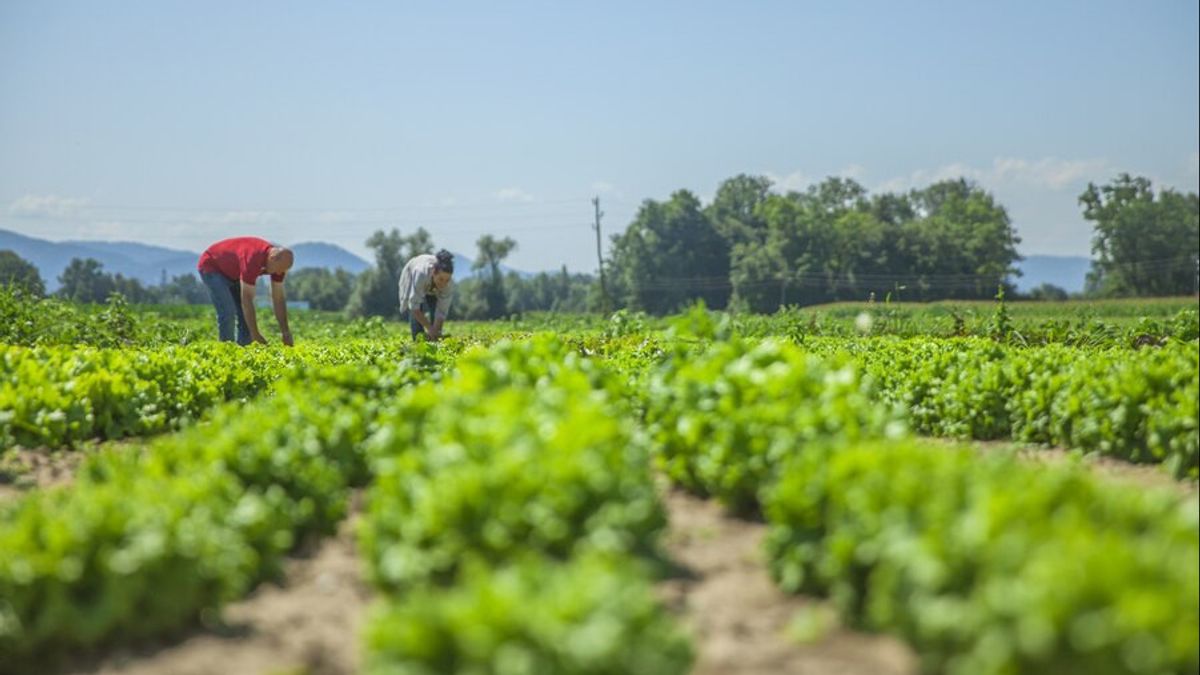YOGYAKARTA - There are several types of agricultural waste that can become pollutants and can have a negative impact on the environment. The waste produced from the agricultural production process turns out to be one of the biggest contributors to environmental pollution.
These wastes contain various harmful substances that can contaminate soil, water, and air, thus threatening the survival of humans and other living things. Anything? Here's the discussion.
The increase in human population has led to a greater need for agricultural production. According to a research journal entitled Agricultural Solid Wastes: Causes, Effects, and Effective Management', agricultural production itself has tripled in the last five decades.
The increase in the pace of agricultural production is due to technological advances and expansion of agricultural land. However, this increase in production also creates environmental risks.
Please note, agriculture accounts for about 24 million tons of food globally, but also contributes to greenhouse gas emissions and damages ecosystems. While agriculture is very important for food, its negative impact on the environment also needs to be addressed.
Before continuing, also read articles discussing the Profits and Loss of Transgenic Plants that are Considered Agricultural Solutions in the Future
World leaders are now aiming to increase food and energy production by 2050 to meet the growing population needs. However, they also want to reduce pollution, eliminate waste, and use less fossil fuels. The outline is:
Thus, agriculture is one of the main sources of waste. This waste can endanger health and threaten food safety. Recycling agricultural waste can reduce pollution, create jobs, and generate bioenergy.
But unfortunately now many farmers and household managers do not know how to manage waste properly. This mismanagement can cause air and water pollution.
Reporting from the Waste Managed page, here are some agricultural waste that can be pollutants, including:
After harvest, the remains of the stems, leaves, and roots of the plant can be harvested remains. This material can be reused for various applications, such as livestock sleeping mats or as a source of biomass.
Manures and bedwear from livestock also contribute to agricultural waste. For this reason, wise and effective management is very important to reduce environmental impacts.
pesticide packaging and fertilizer bags also contribute to inorganic agricultural waste. So the right disposal method is very important to prevent contamination of soil and water.
Inaccurate disposal and management of agricultural waste can cause water pollution and pose risks to the water ecosystem.
In addition, runoff from fields carrying pesticides and fertilizers can also contaminate water sources and affect human health and biodiversity.
While burning agricultural waste may seem like a quick solution, it has consequences for both harmful and illegal environments (you can be fined if you do so in big cities).
In addition, air pollution, greenhouse gas emissions, and soil degradation are some of the problems related to this practice. Thus, sustainable alternatives such as composting and recycling must be prioritized.
In addition to types of agricultural waste that can be pollutants, follow other interesting articles too. Want to know other interesting information? Don't miss it, keep an eye on the updated news from VOI and follow all of its social media accounts!
The English, Chinese, Japanese, Arabic, and French versions are automatically generated by the AI. So there may still be inaccuracies in translating, please always see Indonesian as our main language. (system supported by DigitalSiber.id)













